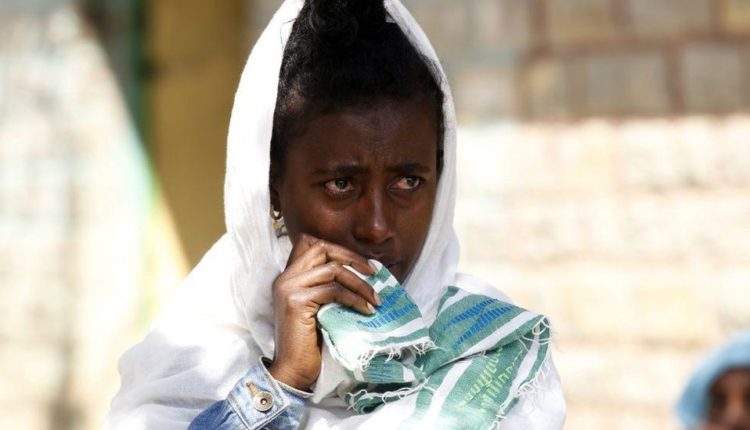“There’s famine now in Tigray.” The world’s most senior humanitarian official, UN emergency relief coordinator Mark Lowcock, said these frank words on the situation in the northern Ethiopian region on Thursday.
His statement – at a roundtable discussion ahead of the G7 summit – drew on the authoritative assessment of the crisis by the UN-backed Integrated Food Security Phase Classification (IPC).
In a report, it estimated that 353,000 people in Tigray were in phase 5 (catastrophe) and a further 1.769 million are in phase 4 (emergency).
That’s a technical way of saying “famine”. The IPC didn’t use that word because it’s so politically sensitive – the Ethiopian government would object.
Behind these numbers lies a brutal human tragedy. Huge numbers of deaths by starvation are unavoidable. Indeed, it is already happening.
Tigrayans tell of remote villages where people are found dead in the morning, having perished overnight. Women who were kidnapped by soldiers and held as sexual slaves, cared for in hospitals or safe houses, are tormented by the children from whom they were separated, who may well be starving without their mothers’ care.
Starvation is a cruel way to die, as the undernourished body consumes its own organs in order to generate enough energy to keep a flicker of life.
Those who succumb first are young children – typically two-thirds of those who die in a famine. Based on the just-released numbers from Tigray, it is quite realistic to fear 300,000 child deaths – equivalent to half the pre-school children in London.
The numbers err on the side of understatement. The survey teams could not reach all areas and relied on extrapolating from limited data.
According to the Tigray Humanitarian Atlas published by researchers at Belgium’s University of Ghent, out of Tigray’s six million people:
- Just one-third live in areas controlled by the Ethiopian government
- Another third are in areas occupied by the Eritrean army, which is Ethiopia’s military ally, but which doesn’t cooperate with humanitarian agencies
- A further 1.5 million live in rural areas controlled by the Tigrayan rebels, where aid workers cannot go and mobile-phone coverage has been shut off.
The government says that there are only “remnants” of resistance by Tigrayan rebels and promises it will soon be in full control.
The UN forecasts that the situation will deteriorate – the question is just how far and how fast.
The IPC report includes the line that “this report has not been endorsed by the Government of Ethiopia”.
That’s a warning.
The Ethiopian authorities will probably dispute the “famine” warning, on the technicality that the “catastrophe” conditions were spread out across different parts of Tigray and in no single location did the proportion of people in phase five reach 20%, the standard threshold for declaring famine. BBC


Comments are closed.